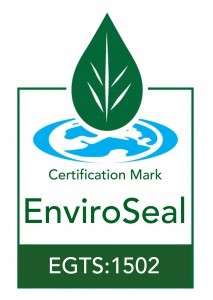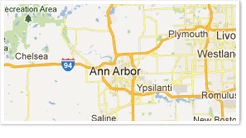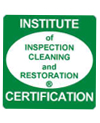Featured article: A Rug To Run From by Lisa Wagner
For the past decade, the quick advice for consumers on how to know a “better” quality wool pile rug over a mediocre one has been to look at the back. If the back clearly shows the design and knots, then it is woven. If the back is covered up with material, then it is tufted.
If you go to the mass-market rug retailer websites and pull up a “tufted rug” for sale, you will inevitably see the care comments along these lines: “Shedding is natural and may be heavy. Odor is natural and may get heavy if wrapped in plastic. Colors may fade.”
None of these conditions are “natural” for a good quality wool rug. They are indicative of poor quality wool, poor dyes and poor adhesive holding these tufted rugs together.
Due to the large amount of negative reviews on tufted rugs, especially the worst ones coming out of India, there has been a shift to try to find a cheap way to craft rugs that “look” woven even though they are actually poorer construction than the tufted rugs they mean to replace.
This new rug type that is becoming a headache for both rug owners and rug cleaners is called India “hand loomed” and India “loomed by hand.” These rugs are being presented as if they are hand woven rugs, and the prices imply they are good quality. However, these are wool and viscose rugs that more than any on the market today are being considered as highly flawed merchandise.











Saturday & Sunday: Closed